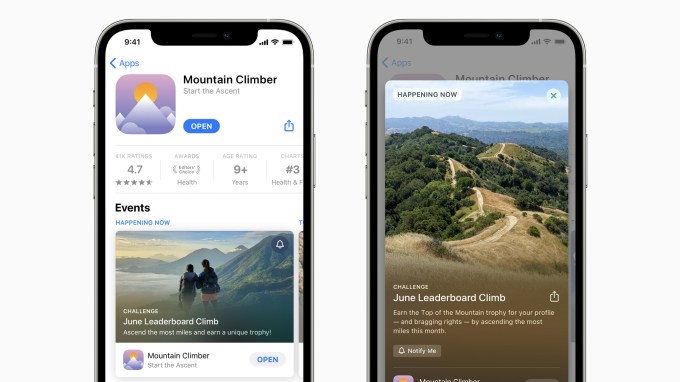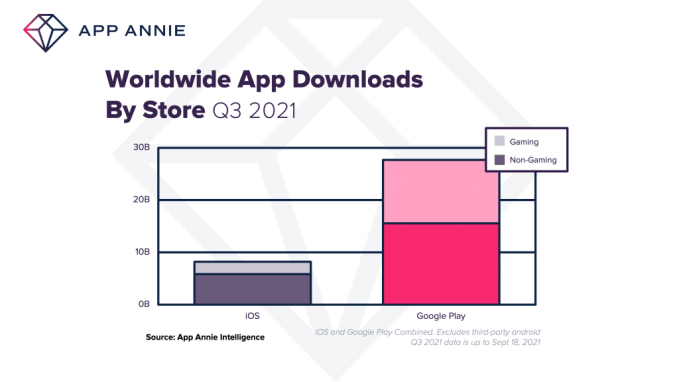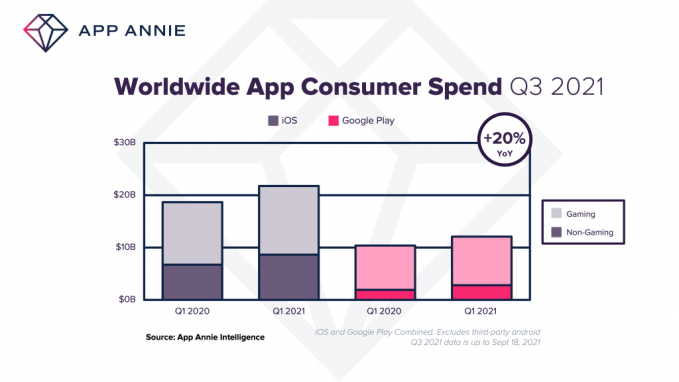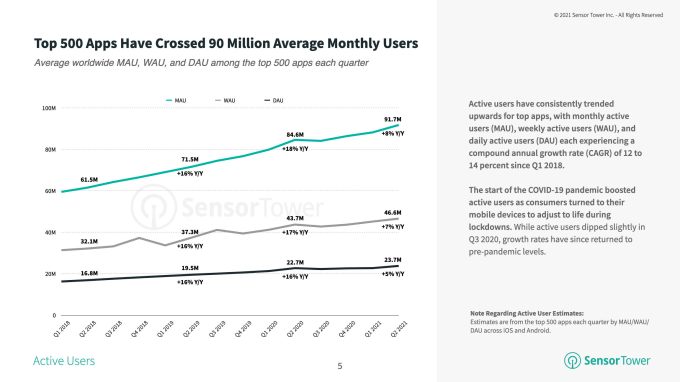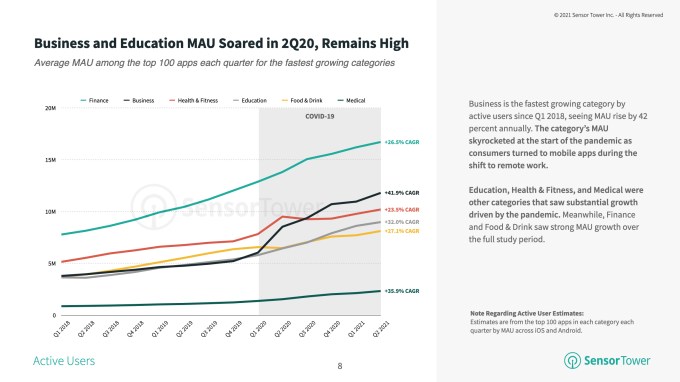German on-demand delivery giant Delivery Hero is pulling its food delivery service out of Germany again.
At the same time it has announced it will exit the Japanese market, by divesting Foodpanda Japan, starting in Q1 next year.
In a statement accompanying the pre-Christmas exit news, the company’s CEO and co-founder, Niklas Östberg, said: “Scaling down our operations in Germany and planning to divest our Japanese business have not been easy decisions. Facing a very different reality now than we did entering these markets, it is with a heavy heart that we need to pursue other growth opportunities with larger potential.
“Despite having built up two fantastic foodpanda teams showing great progress, it has become increasingly difficult to create true value for our ecosystem in these countries. I have nothing but gratitude and admiration for the accomplishments both teams have achieved in the last months. Seeing the amazing service they built from scratch makes me genuinely proud, and we will do everything we can to support our fellow Heroes on their journey ahead.”
The European on-demand delivery giant only fully returned to its home market — under its Foodpanda brand — in August, following a few weeks of testing.
Back in May, when it trailed the Germany relaunch in an interview with the Financial Times, Ostberg had talked in terms of being in it for a decade long-haul, telling the newspaper: “We don’t see necessarily that we are going to go in and win the market in the next year or so. This is a 10-year game.”
And only last month Delivery Hero was still expanding Foodpanda’s footprint in Germany — announcing the service would be launching into another six cities, as the division’s CEO, Artur Schreiber, trumpeted “great” demand and an expansion he said would create “a thousand” jobs.
Although that announcement also hinted that it might be having trouble getting customers to stick around — with Delivery Hero saying it would also be refreshing Foodpanda’s branding, launching a new app with a better user experience and expanding a loyalty program.
In the event it’s pulling the plug on a commercial delivery service in Germany — leaving only a Berlin-based R&D hub where it says it will test new services and features, so sounds like it will continue to run some (trial) deliveries in Central Berlin for employees working on developing new products.
It’s notable it’s not selling the Foodpanda Germany unit to a rival — as it did back in 2018 when it last pulled the plug on the market.
Delivery Hero either wants to retain the possibility of a rapid return in future; or — perhaps more likely — the local food delivery is so competitively tapped out there was little to be gained by selling the unit (unlike a few years ago when it was able to bag a meaty payout of ~$1.1BN when it sold its German ops to Dutch rival Takeaway.com).
How does Delivery Hero explain such a rapid rethink of its long-term strategy to win its home market?
“[S]ince launching the service, the landscape of the German market changed significantly. External factors, such as an increased number of players and a shortage of riders, provided a new reality towards the end of the year,” is the spin its PR puts on the reversal.
Its press release also seeks to strike an upbeat tone in a bid to reassure investors — saying it has identified “plenty of other growth opportunities… with a better expected return on investment, like other markets and new verticals, primarily in the area of quick commerce”.
Quick commerce typically refers to grocery-type deliveries via a new wave of on-demand platforms that offer consumers a selection of convenience products (bread, toothpaste, batteries etc) — often served out of micro fulfilment centers (aka dark stores) located in urban centers to ensure hyper speedy delivery times.
Europe has seen investor dollars pouring into the category since the pandemic struck, with a number of startups springing up across the region. And Östberg noted that it was seeing “a larger willingness” among its customers to have more than meals delivered when TechCrunch discussed the potential of grocery deliveries with the Delivery Hero CEO early on in the pandemic.
Germany, the EU’s biggest economy, has grabbed a major slice of this investor-heated q-commerce action — with homegrown startup Gorillas raising close to a billion dollars in Series C funding this October, for example; while Flink, another rapidly scaling rapid grocery delivery startup, nabbed $240M in the summer, a mere six months after launching.
Gorilla’s whopping Series C was — in fact — led by Delivery Hero so the writing was perhaps already on the wall for its local Foodpanda division at that point.
And in another Q-commerce related announcement earlier this month, Delivery Hero trumpeted an expansion of what it billed as a “logistics-a-service” play — suggesting it sees its future in serving delivery services to a growing sea of smaller (and more specialized) on-demand players.
“Partnering with e-commerce marketplaces and platforms, restaurants, as well as pharmaceutical and grocery companies, the company is changing the way that people buy and send goods,” was how it fleshed out the move, noting also that it has also recently opened its 1,000th “Dmart” (aka “small warehouses in strategic locations for delivery”).
Again, Germany is seeing on-demand action bubbling up on a variety of fronts — as homegrown startups seek to ride the q-commerce boom via a strategy of divide and conquer.
This means launching app-based delivery services that target (more) specific niches and segments — such as Yababa (multicultural groceries); Arive (high-end consumer goods); and Mayd (meds, but starting with non-prescription products sold in pharmacies) — to name three German startups which all raised recently.
The mood music suggests there are indeed opportunities for growth in quick commerce beyond the tricky business of biking hot meals to hungry bellies — and that the evolution of the on-demand delivery category is well underway.
This is about diversifying beyond takeaways and instant food gratification — to serving all sorts of convenience and specialist requirements and the platforms that will be needed to deliver that big picture vision of anything arriving quickly via app order.
In Europe there is also the issue of labor rights for gig platform workers to consider too, which looks set to further steer market developments — and could accelerate the reconfiguration of a business model that some accuse of being inherently exploitative.
Earlier this month EU lawmakers presented their legislative proposal on platform work which — if adopted — could see millions of gig workers reclassified as employees.
Östberg does not appear to be a fulsome fan of the proposal. Nor, indeed, of current German labor laws — which he has suggested make it difficult for platforms to hire riders.
In a series of tweets earlier this month, as the EU unveiled the draft legislation, the Delivery Hero CEO chipped in to offer the usual platform rebuttal — which seeks to frame the issue as a choice between employment or flexibility — making a call for “better terms for riders and more flexibility”.
However the academic research project, Fairwork, which tracks conditions for workers in the gig economy, argues it’s false framing to suggest it’s not possible for platforms to provide flexibility and fairness right now — although it has found only a minority do so currently.
Hence Fairwork accuses platforms of opting for “a ‘race to the bottom’ in labour standards” — instead of getting on and improving conditions for workers.
The EU’s reform proposal could help enforce fairer working conditions across the gig economy by removing the risk of reclassification for platforms that provide workers with more rights and protections — and by creating a level playing field of basic standards that all platforms in the region must abide by.
Although the reform still needs the backing of the European Parliament and Member States governments to be adopted as EU law. But that prospect may be concentrating gig platform CEOs’ minds — on how to evolve their models to account for fuller regional employment and higher costs.
Delivery Hero denied its exit from German has anything to do with the EU’s planned labor reform when TechCrunch asked — saying the decision purely relates to recent changes in the market, such as increased competition which it said has led to a knock-on shortage of riders, limiting its ability to scale.
“Despite having built up a fantastic foodpanda team showing great progress in all cities, it has become increasingly difficult to create true value for our ecosystem in Germany,” it added.
“When it comes to the EU proposal, Delivery Hero fully supports the European Commission’s aim to improve the labor conditions of platform workers,” a Delivery Hero spokeswoman also told us. “The Commission’s proposal includes positive and much-needed elements. Even though we believe that the suggested criteria to trigger the proposed rebuttable presumption of employment and reversed burden of proof are too broad and would not contribute to that goal, this has not influenced our decision to scale down our German business.”
Asked for more detail on where it intends to focus its efforts as it shutters service in its home market, the company offered little, saying only: “We will focus our efforts on a variety of attractive growth opportunities across the group and specifically invest into scaling new verticals, and more prominently quick commerce globally.”
It also declined to confirm whether or not it’s eyeing quick-commerce opportunities beyond food-related deliveries, saying only: “We are always looking for new opportunities to drive the industry forward and make a positive impact on the ecosystem we operate in. We cannot comment more precisely on this at this stage.”
Asked whether it will be offering any support to Foodpanda workers who did not have employment contracts and are — just a couple of days before Christmas — facing the prospect of no more work coming to them via its app, Delivery Hero’s spokeswoman said: “All affected employees, riders, pickers, customers, and partners have been informed about the upcoming change. The company will do its best to support them in their journey ahead. Around 70% of employees from foodpanda Germany, including riders and pickers, will be offered new opportunities. Delivery Hero confirms that its riders will keep being employed by Delivery Hero Germany Logistics GmbH (“pandalogistics”). As of December 23, 2021, the pandalogistics entity will deliver orders on behalf of other industry players in Germany as a transitory measure.”
(And it’s another interesting sign that Delivery Hero is — at least temporarily — going to be experimenting with fulfilling delivery orders for rivals still operating in Germany… )
Delivery Hero’s PR also commits to the company doing “its best to transition employees from foodpanda Germany to positions within the Delivery Hero Group, or with partners from the company’s industry network,” adding: “Employees who do not stay within the Delivery Hero Group will receive a severance package.”
What about Japan? Another market Delivery Hero only entered recently — also via its Foodpanda brand — but in that case it launched last year (September 2020).
The company blamed “a very similar situation” to the competitive challenges limiting its ability to grow in Germany for its decision to divest the unit early next year.
“In order to focus on other growth priorities within the group, Delivery Hero plans to divest its Japanese entity,” it said. “The divestiture process will be kicked off in Q1 2022. During this upcoming transition period, it is Delivery Hero’s utmost priority to support all Heroes and express gratitude for the dedication they have shown in the last 1.5 years.”
In Japan, Delivery Hero has faced some meaty competition — from the likes of South Korean ecommerce giant Coupang; the (recently) Softbank-backed local veteran Demae-Can; the US giant Uber Eats; and the now DoorDash-owned Wolt, to name a few.
In another recent move in Asia, Delivery Hero also completed the sale of its Korean business.
It’s not all scaling back for Delivery Hero, though. Also recently: It picked up a Danish food delivery biz called Hungry; expanded in Slovakia; and grabbed customers in Central American and the Caribbean via acquisition.
Last year it also splurged $272M to pick up Spanish rival Glovo’s LatAm business — so Delivery Hero’s consolidation vs growth story continues to be a market-reflective pick ‘n’ mix.


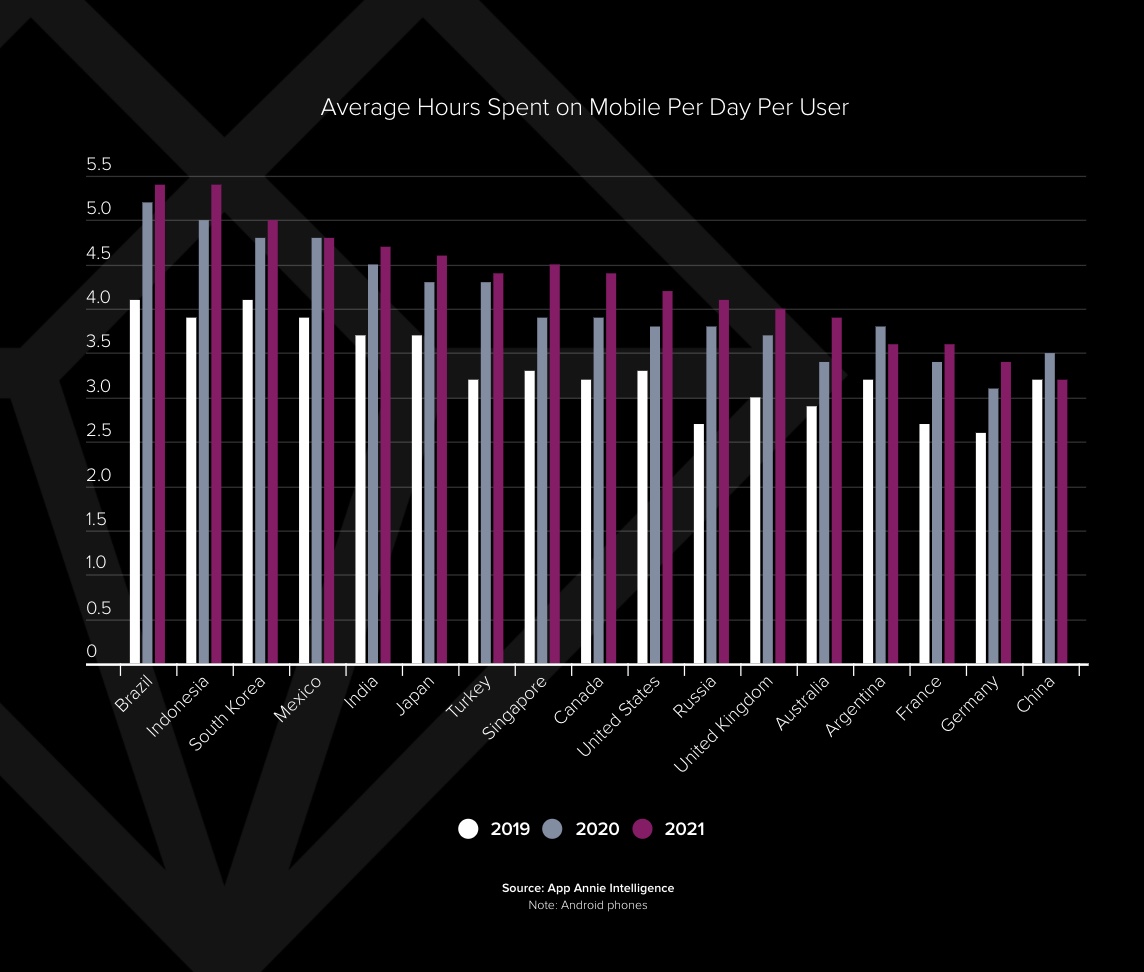
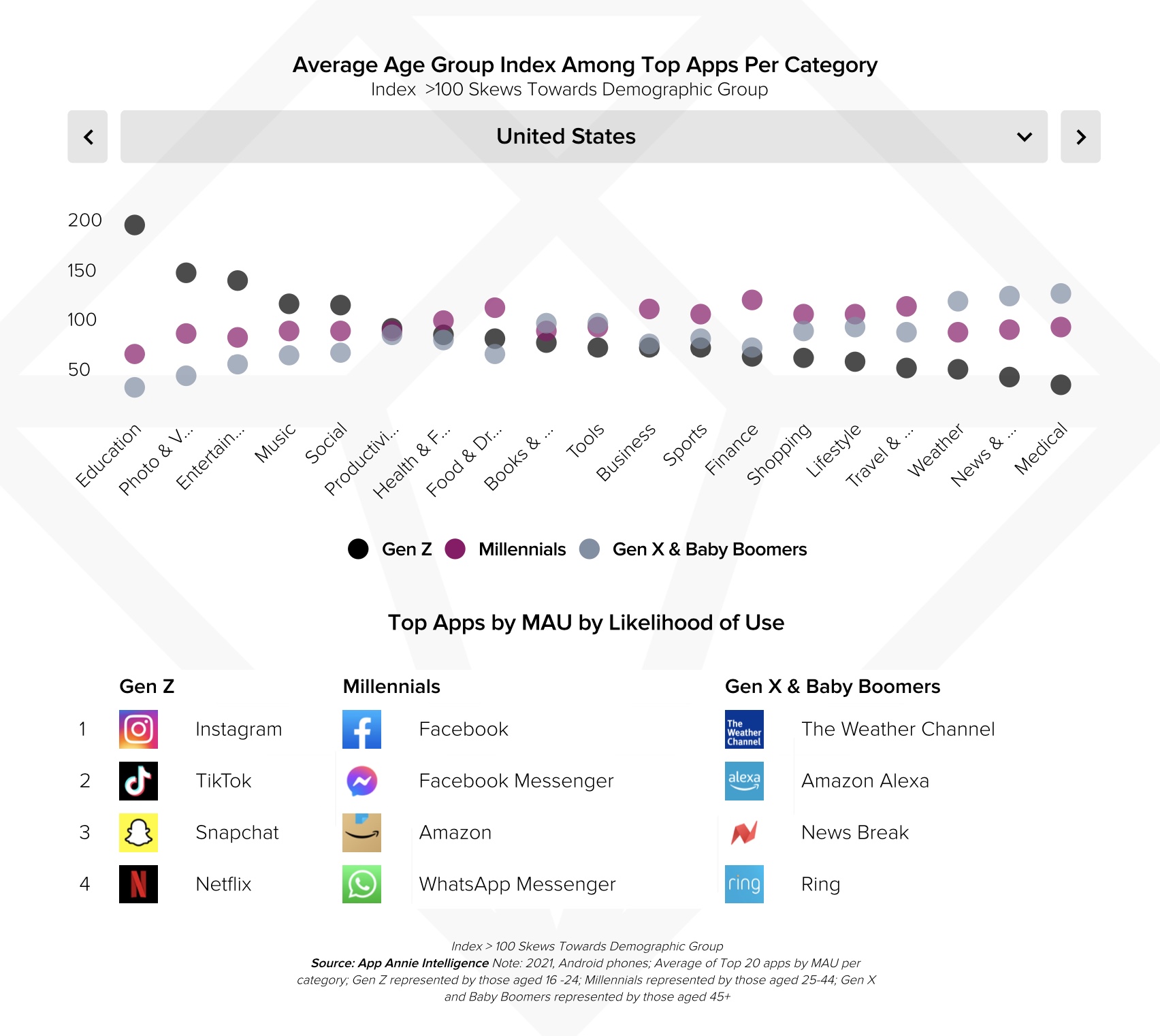
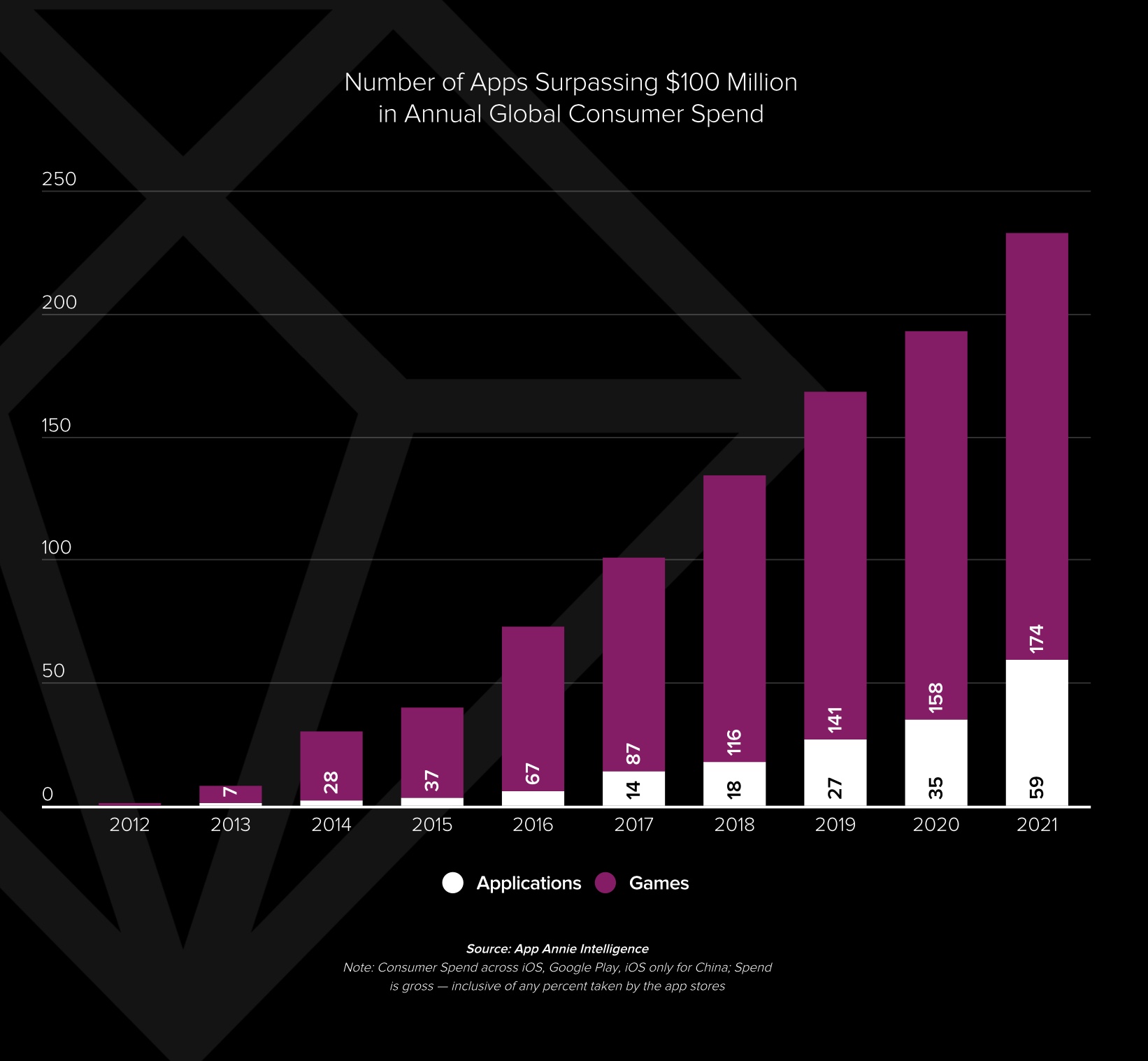
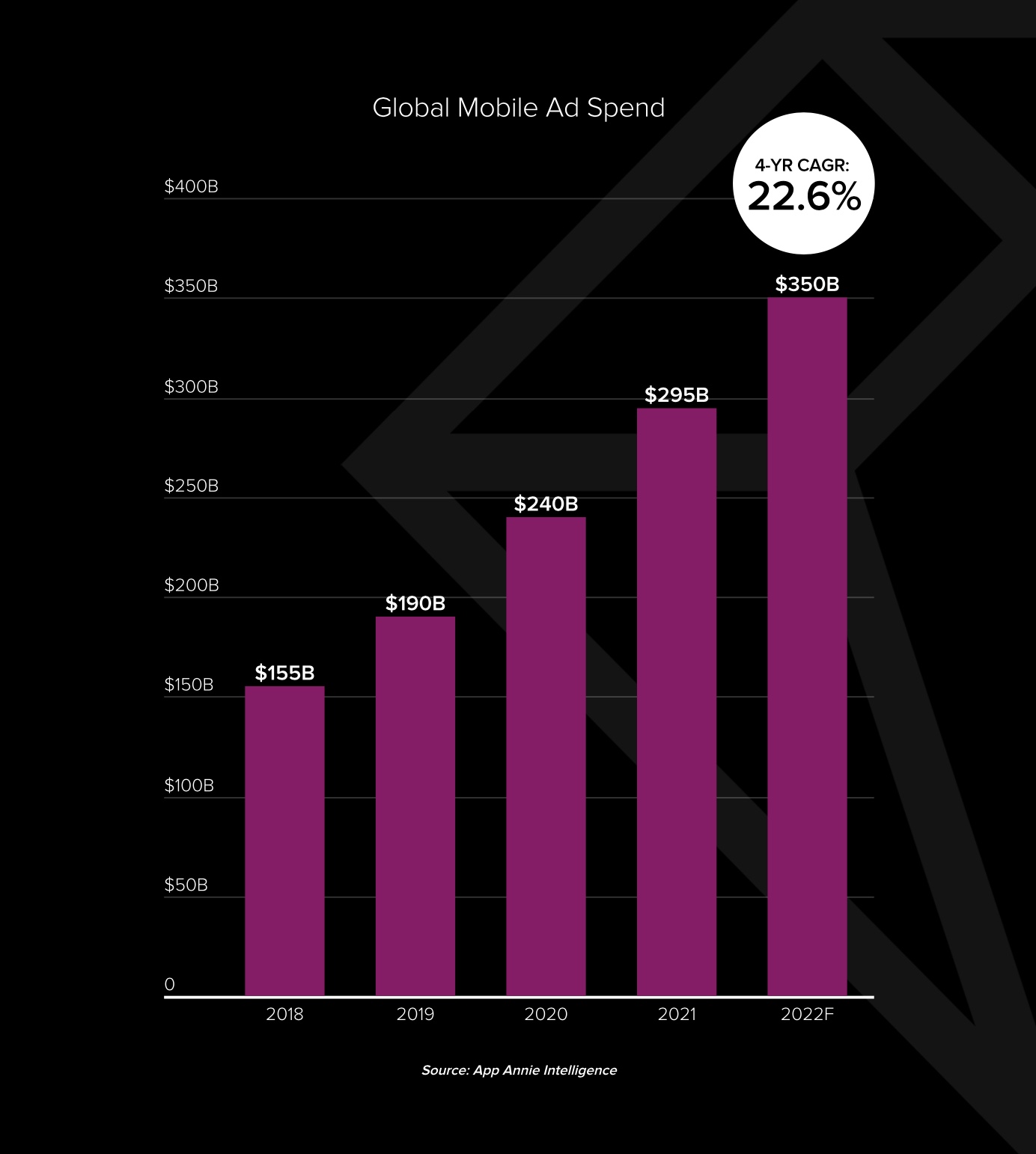
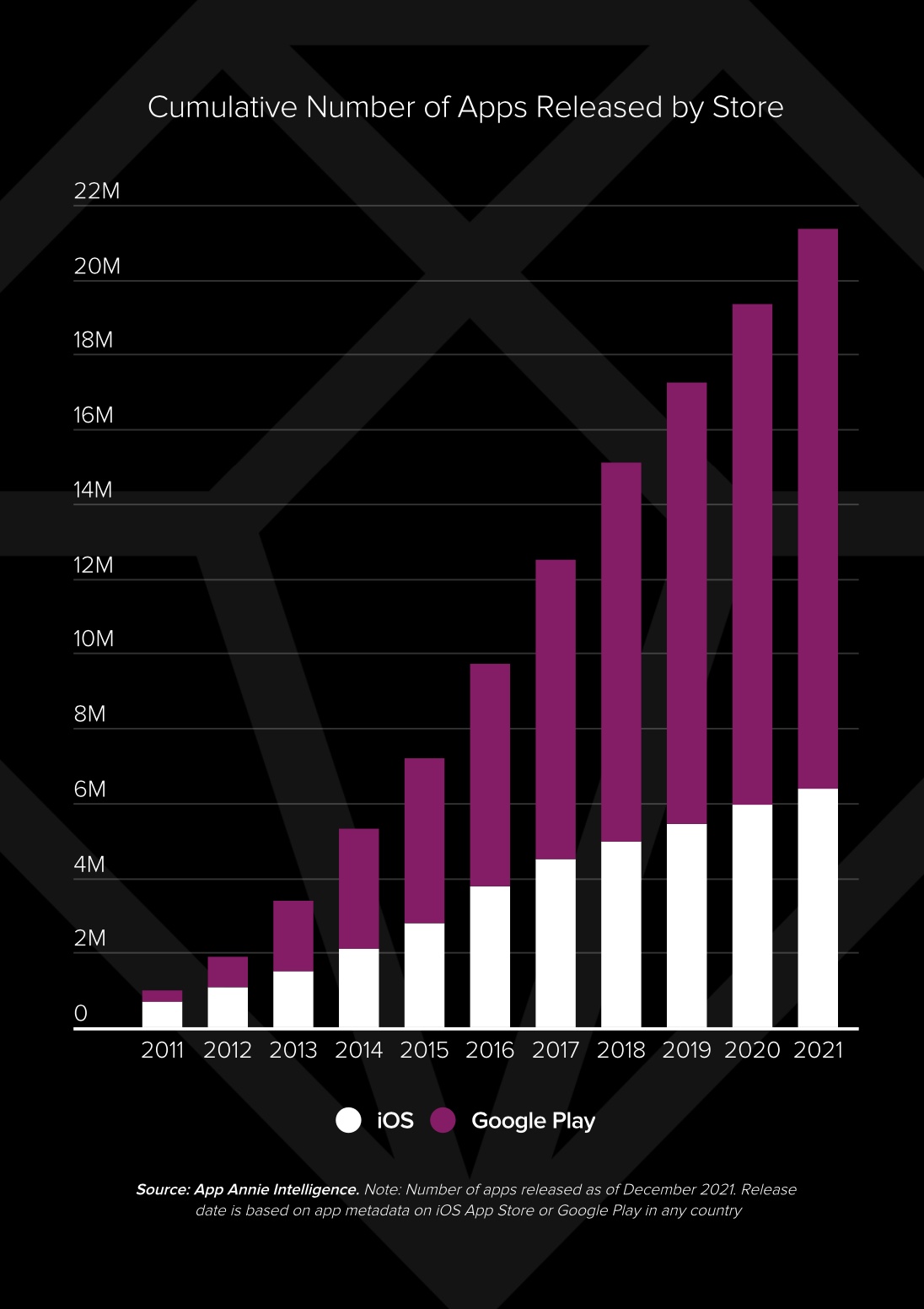
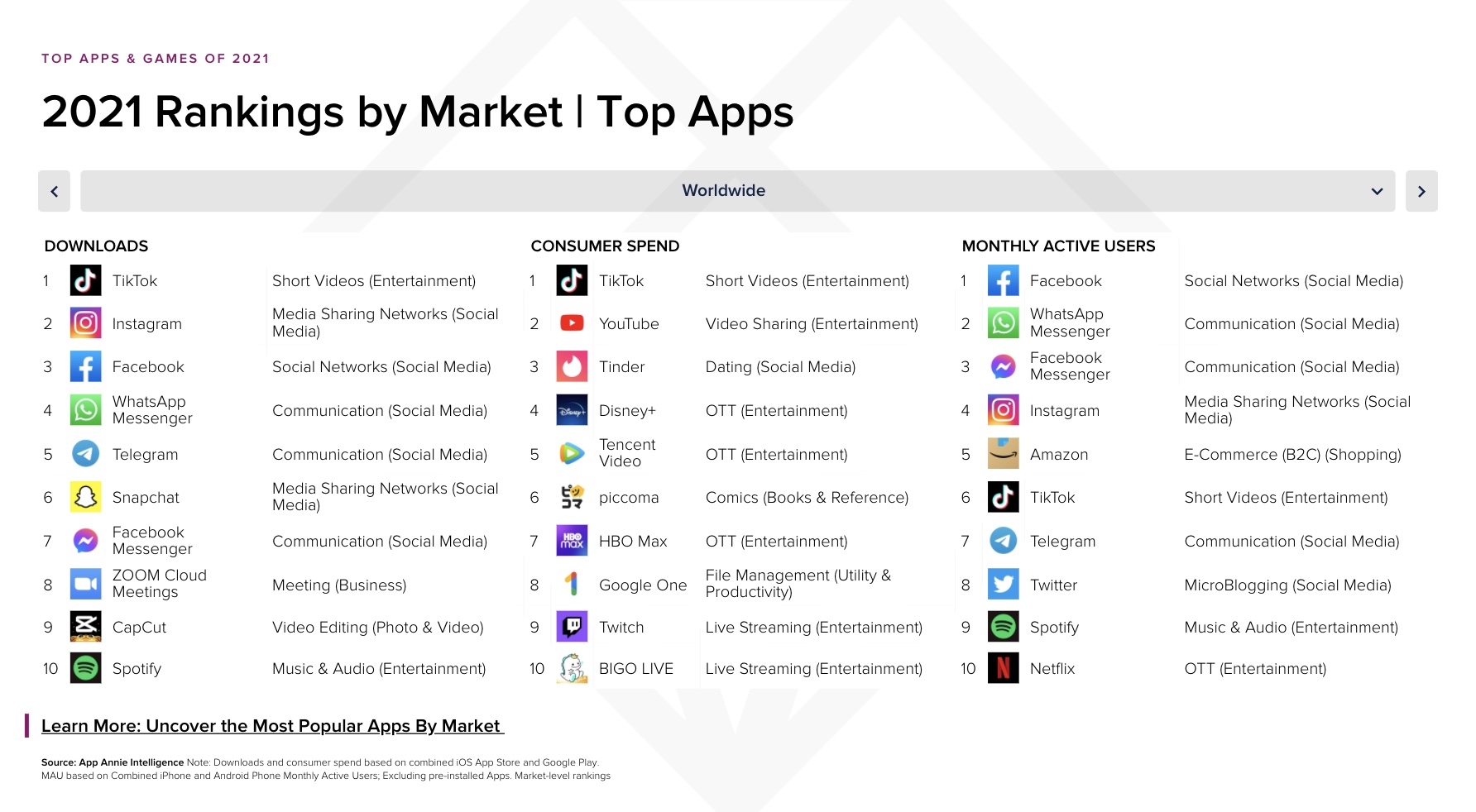
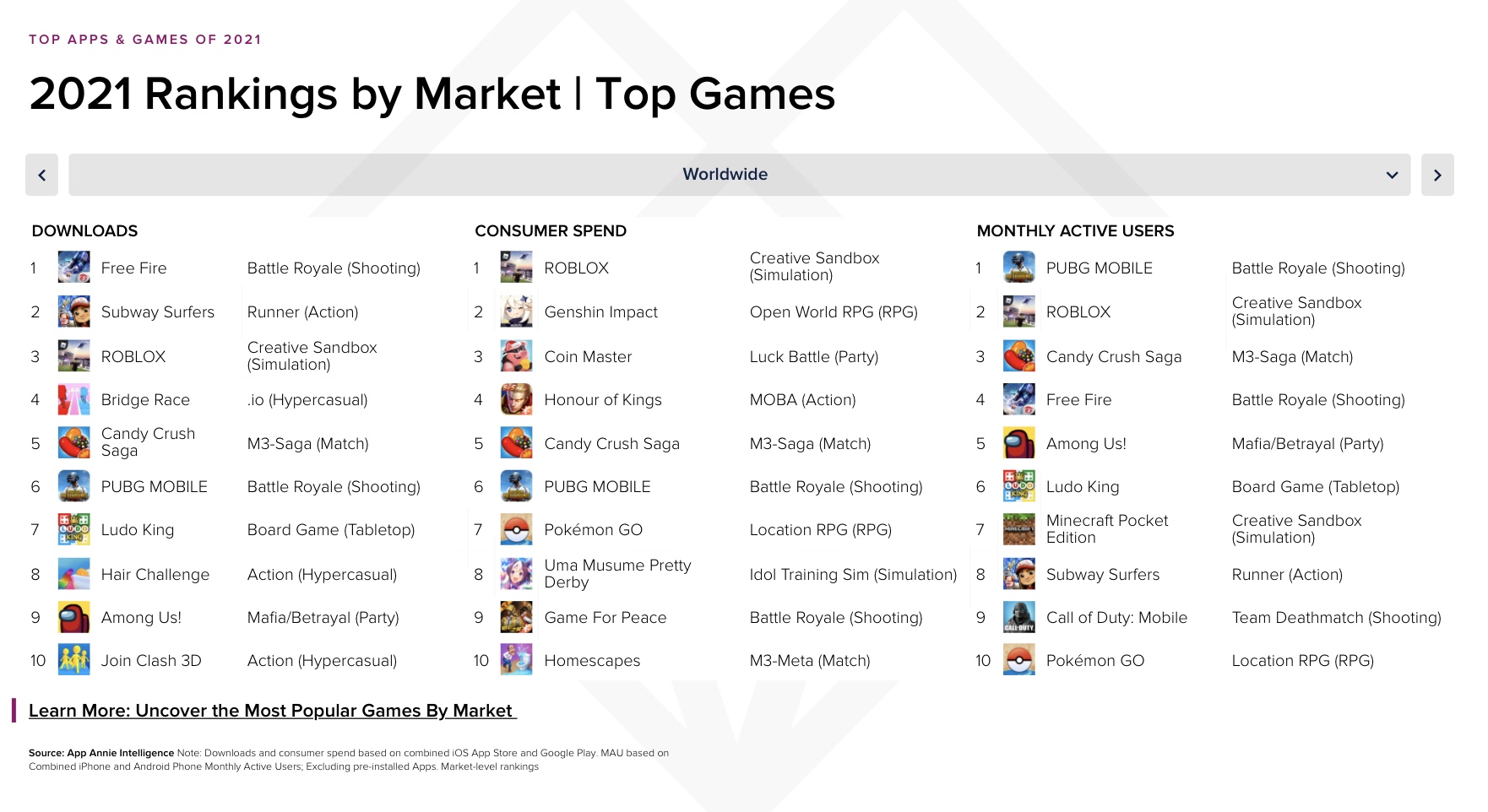


 (@niklasoestberg)
(@niklasoestberg) 